“If memory was a room, what would it look like?” The question confronts the audience as they enter the space of Long time no see by the creative duo Andrea Orejarena and Caleb Stein, as part of the ongoing exhibition Foliage III at VCCA. The two visited the Huu Nghi village in 2015 as university students, then came back and hosted multiple art workshops there in the following 18 months. Comprised of photographs, paintings and a three-channel video, the work is the result of an intimate co-authoring process with the village residents, including Agent Orange affected veterans and youths.
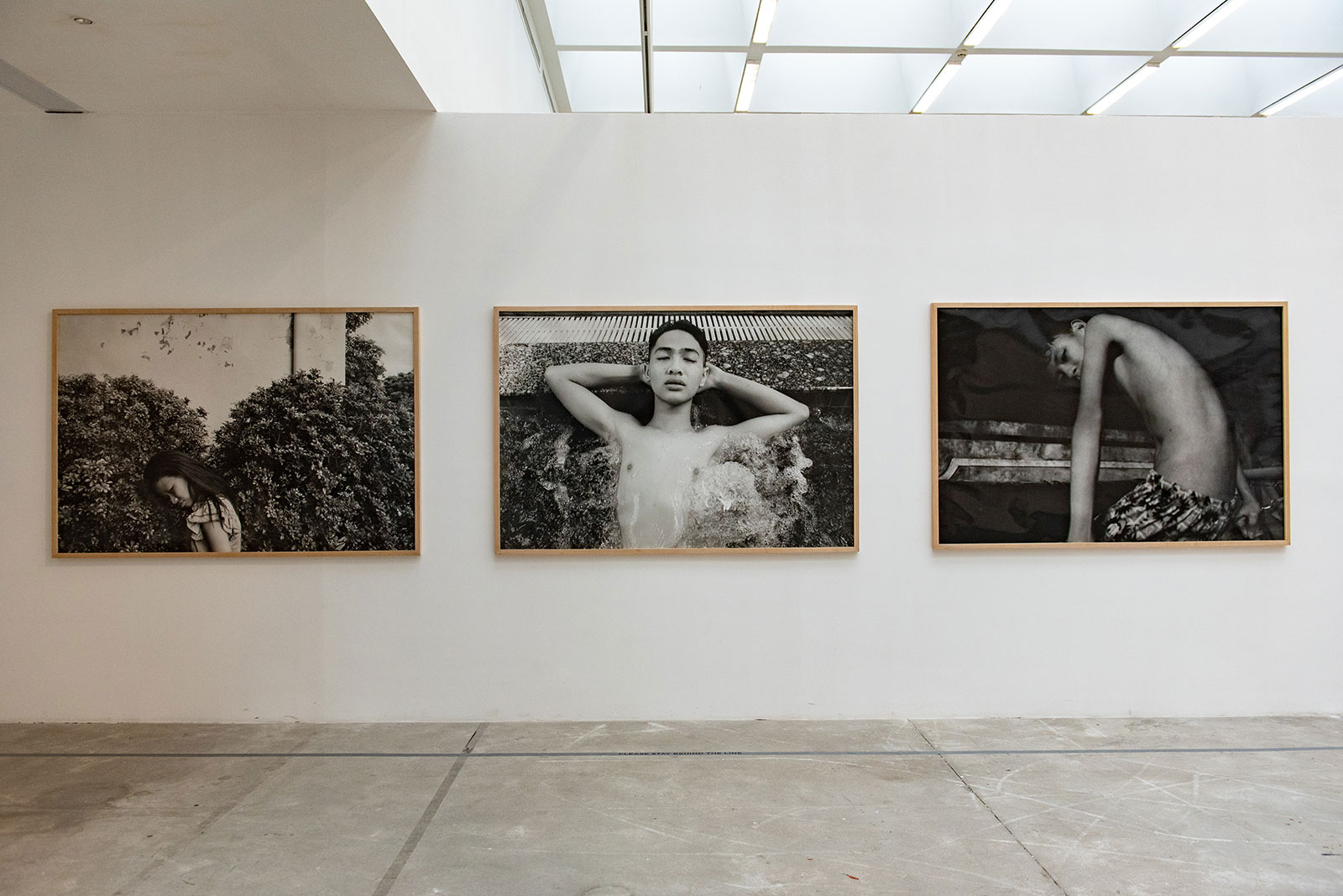
Aware of their position as outsiders drawn by the legacy of the Vietnam-American war, Caleb and Andrea let themselves be guided by the desire for a more democratic approach to storytelling. “This whole exchange has been purely visual […] That’s the beauty of the visual language”, video artist Andrea reflected on the collaboration with Huu Nghi residents, confronted by formidable barriers of race, class, language and social status. At the beginning of the workshop, they spoke through an interpreter, only to realize the participants understood them well without needing translation. By coincidence, the core participants in the workshop were deaf, so they ended up learning and using Vietnamese sign language.
Whether as subject or author, Huu Nghi residents reject being seen as war victims. Their creations are bold, energetic and full of personalities, with topics ranging from self-portraits to dreamscapes. The black and white portraits capture the adolescents going about their day in the facility. Sometimes, their drawings also appear in and on the surface of the photographs. Far from graphic, the series of still images documents life at Huu Nghi village as it is, lacking a dramatic moment or a firm statement.
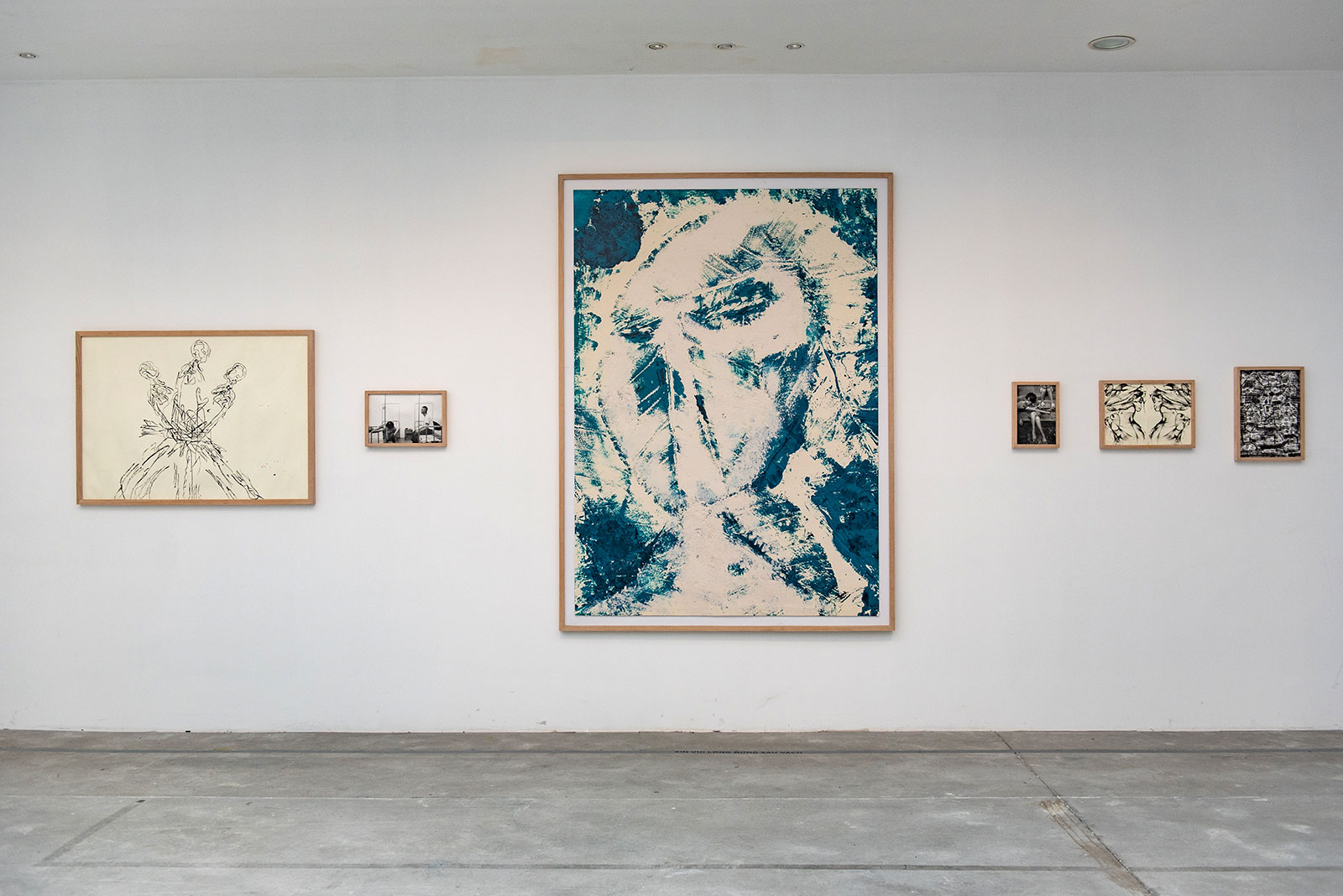

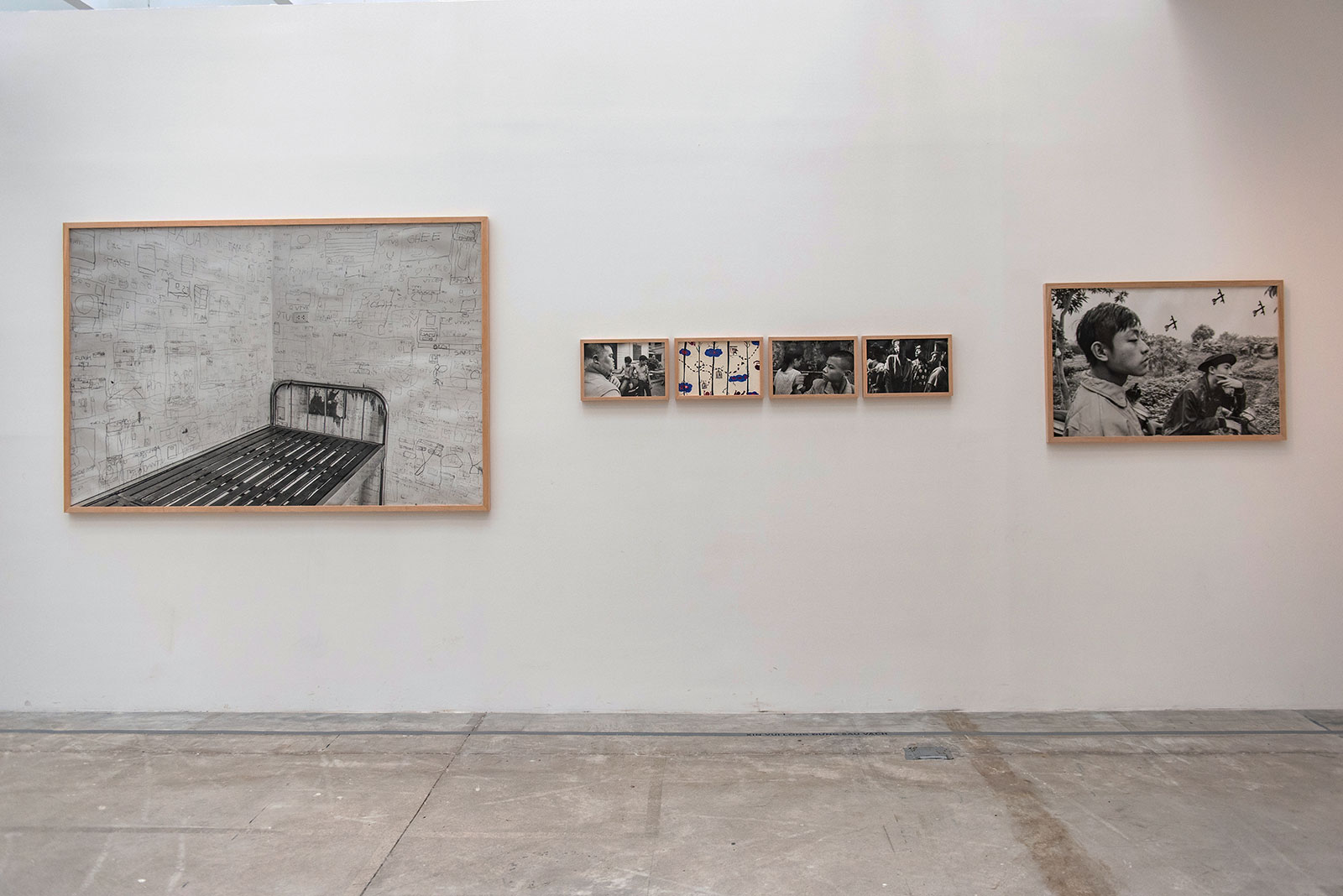
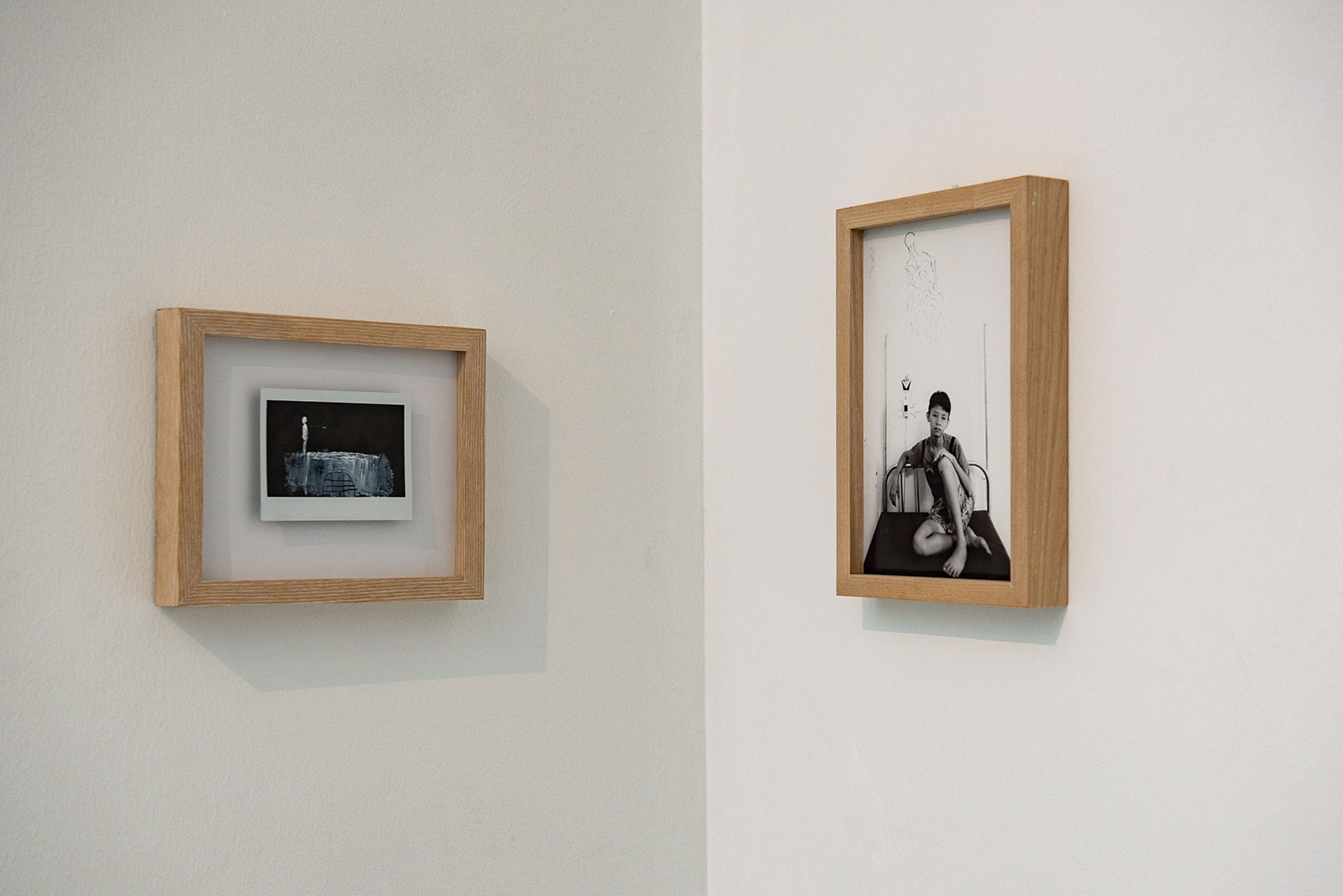
The video of veterans is situated at the corner of the room. It was co-directed by the duo, but the directing only went so far as leaving the participants alone in a room with the cameras rolling. The green-screen technology allows the veterans to choose to appear in their preferred context: sleeping on clouds, immersed in the jungle, or joining anti-war protests. Without the presence of others, some look directly at the lens as if observing themselves in the mirror. Yet the apparent digital nature of the work constantly reminds the audience that what they see is an artificial construction, an imperfect solution to illustrate what is hard to convey with words, like past experiences that are both personal and part of the collective memory.
The duo speak of their approach: “We did not want to tell someone else’s stories. We want to address the difficulty of doing that and leave space for people to express themselves”. Although viewers realize they are stepping into a private zone, it is hard to imply any narrative from fleeting faces and postures of strangers on screen. But there is this weight that lingers.
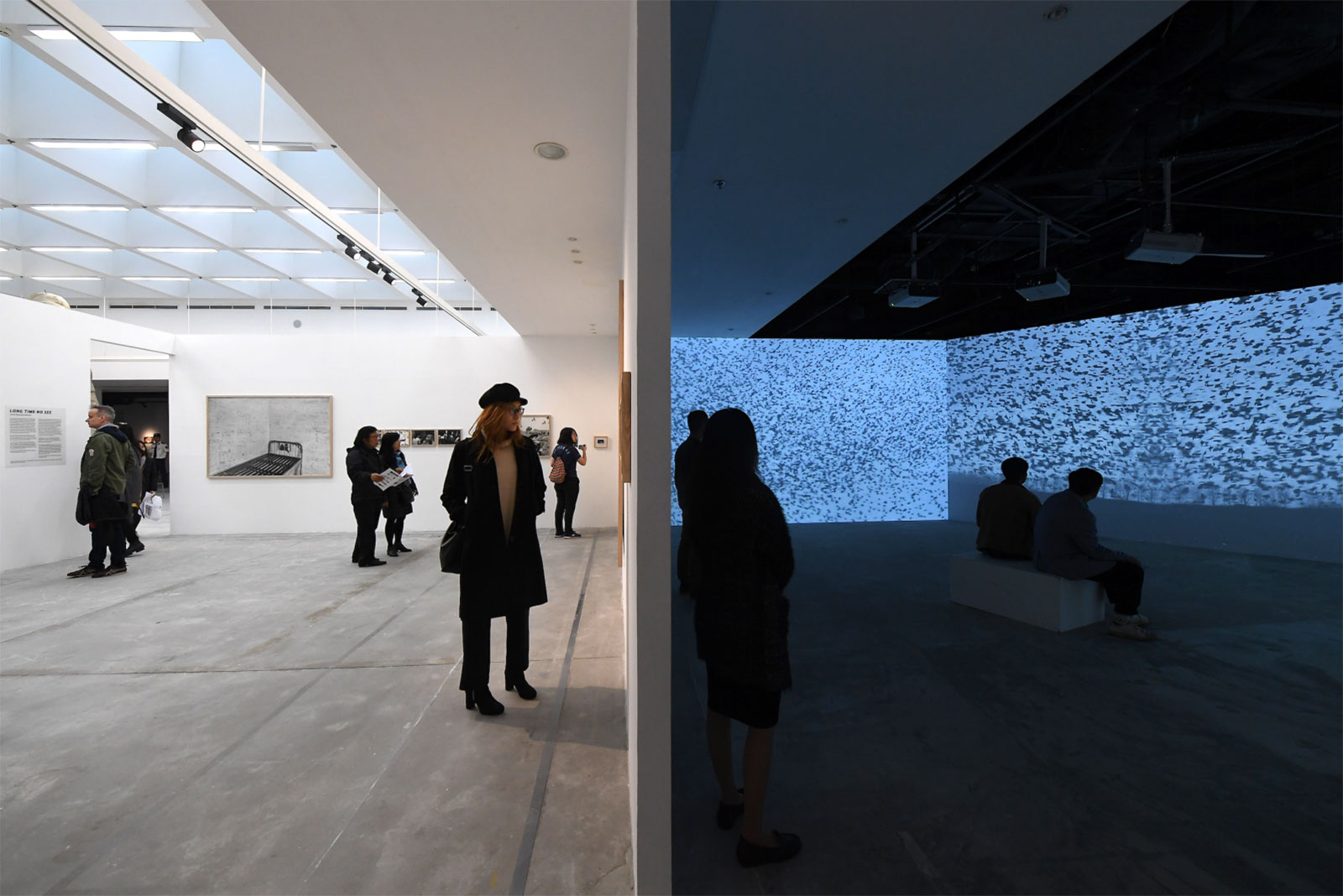
The work brings a point of view different from the often terror-inducing imagery that has become the standard of conflict photography. The contentious nature of the topic commands the artists to rethink their tool and creative process. For Caleb and Andrea, to arrive at a more complicated understanding of the Vietnam-American war and its legacy, they must find a way to unravel the boundary between subject and author, especially with the camera in between. Are captured portraits enough, and what can they say? Where do truth and truthfulness lie, in the carefully composed photograph of a professional, the broad strokes of an untrained painter, or the confession that the attempt to convey someone’s mind might be in vain? Their project is representative of the participatory art movement in which individual artistic authorship take a back seat to involvement from the traditionally passive non-authors, who are encouraged to construct, interpret and even dismiss the meaning of the work. Through the collaboration, the artist also expands their role to become a friend, a researcher or a facilitator.
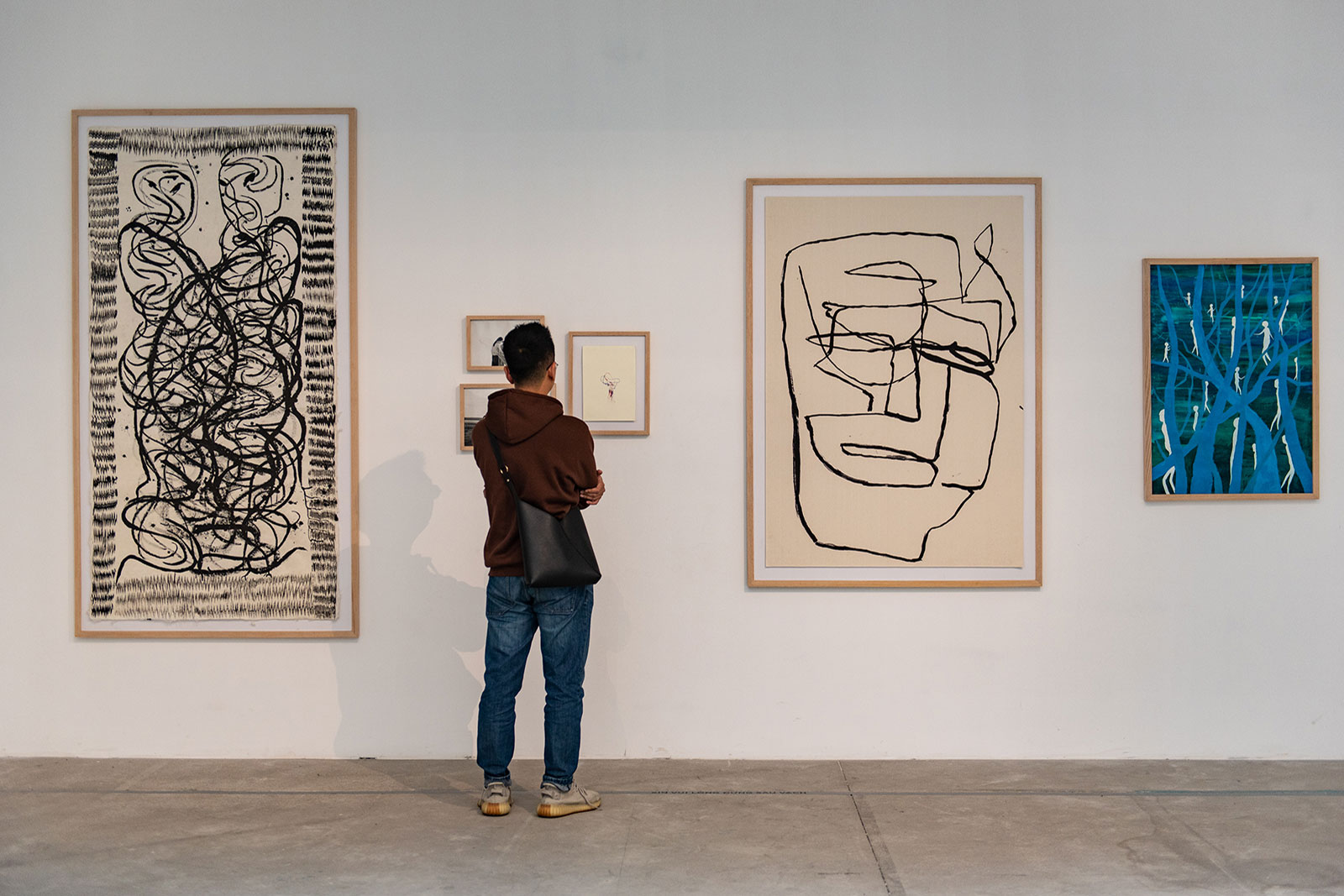
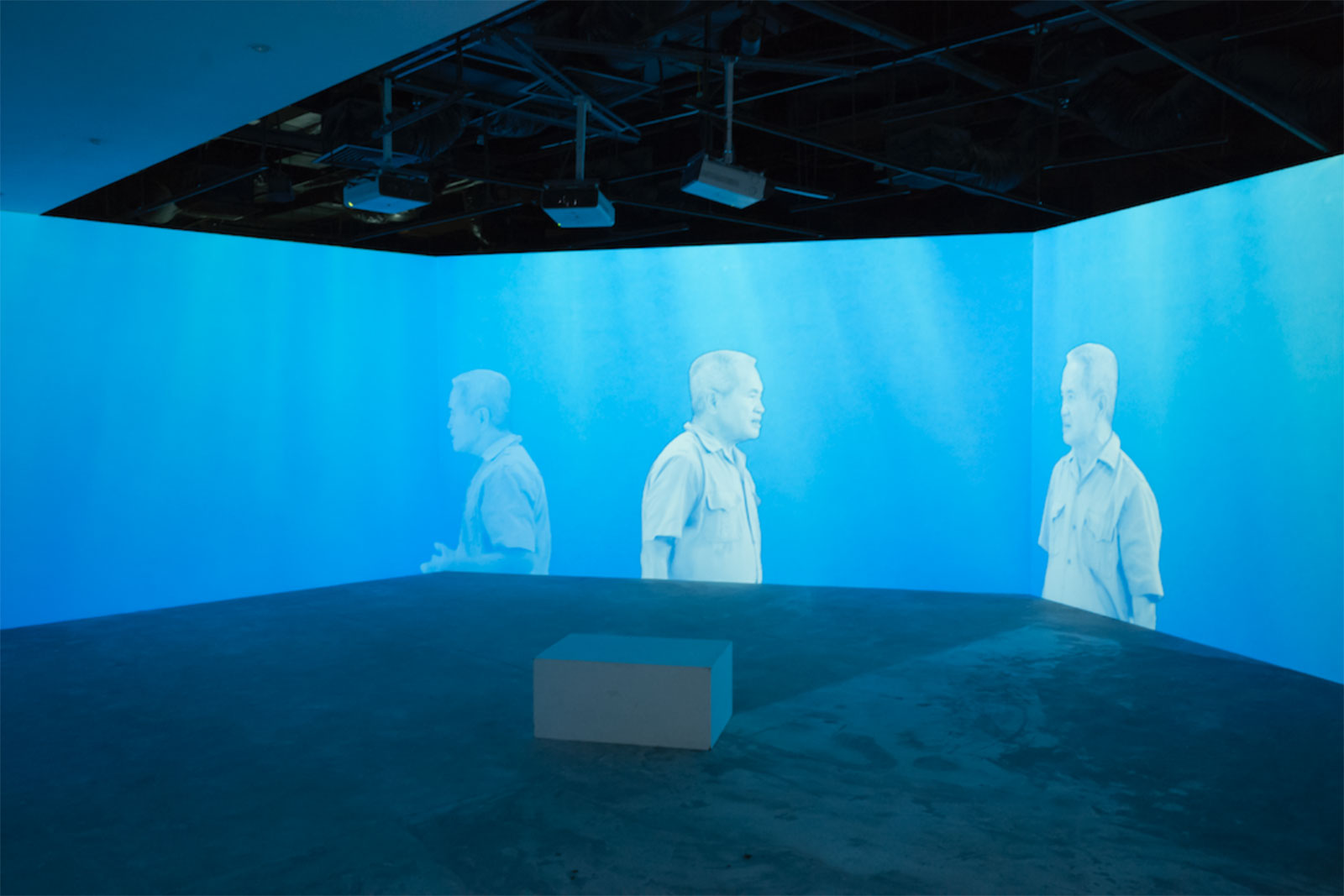
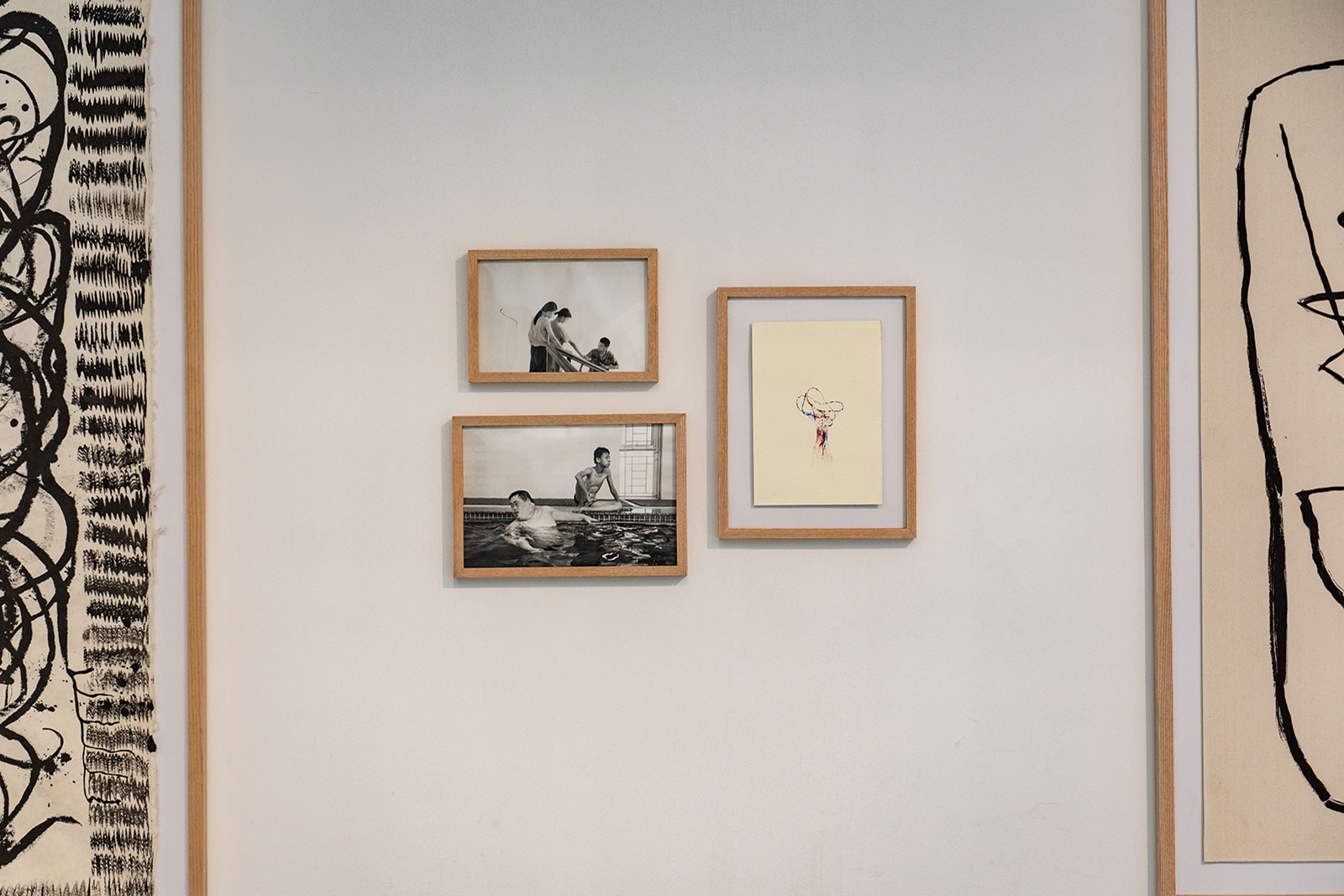
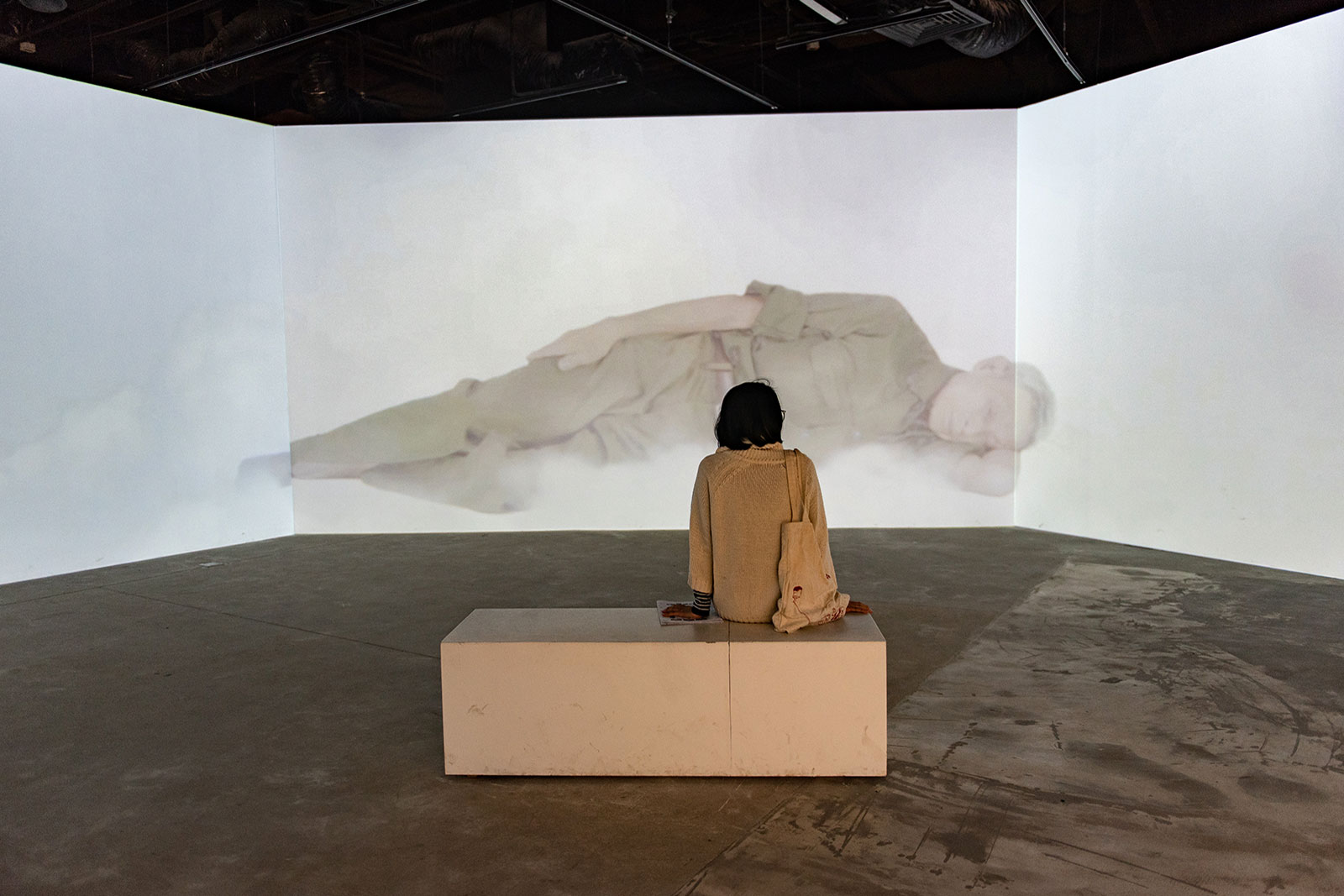
The work isn’t made to admire nor criticize. That being said, there is nothing romantic in the chemical weapons with the half life of 100 years, and the lasting physical and mental pain they cause. While the work doesn’t impart any conclusive answer, it can’t and shouldn’t. As curator Do Tuong Linh wrote, with the war as the departure point, it continues to ask questions regarding the author-subject relationship and the difficulty, or near impossibility, of visually representing a person’s inner life. What can be felt is the lingering weight.
